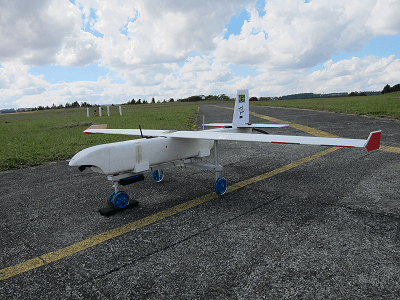Conceived by QUT – Queensland University of Technology, the Outback Challenge aims to stimulate technological development that allows the integration of remotely piloted systems (particularly aerial ones) into Australian daily life, contributing to the development of public opinion on the use of this technology in a wide range of applications.
The Outback Challenge project has the support of several organizations, including government, regulatory agencies and technology companies, encouraging young people, enthusiasts and entrepreneurs to create solutions to problems that can benefit from the use of remotely piloted aircraft. The project currently has two categories: Aerial Delivery and Search and Rescue (more here: https://uavchallenge.org/, https://en.wikipedia.org/wiki/UAV_Outback_Challenge).

In the Search and Rescue category, which consists of locating a lost person in a specific area of the Australian desert and delivering a survival kit to them, the founders of UVSBR dedicated efforts and resources to present a Brazilian proposal capable of carrying out the mission.
The project was developed under strict technical specifications aimed at the operational safety of the entire remotely piloted system. In general terms, the developed system contains the following modules:
Aircraft with an original design capable of transporting cargo and equipment, designed to operate in wind conditions of 42 km/h;
Flight stabilization and navigation system with redundancy, with the ability to manage failure cases and flight termination status;
Methodology for flight termination based on failure cases with parachute deployment;
Command and control, telemetry and payload (cameras) links in accordance with local regulations of ACMA – Australian Communication and Media Authority;
Remote pilot station;
Methodology for delivering the transported cargo aiming at precision and physical integrity of the victim assisted by the aircraft;
Aircraft launch platform based on detachable landing gear;
Operational procedures for assembly, piloting, communication, decision matrix and emergency response;
Target detection system based on NIR (near infrared) signature;
Image processing algorithms based on pattern recognition (NIR signature);
Mission planning algorithms based on environment type and weather conditions;
The results obtained met all specifications, leading the project to its final stages.
Since the project did not have any financial support, the development team sought to optimize its own resources in order to comply with all specifications, concluding with the development of the 3rd generation of the fully functional experimental aircraft. However, we had some equipment contributions from partner companies.
Learn more about the team’s project by downloading the document:
Access the presentation by clicking here!
Also visit:
